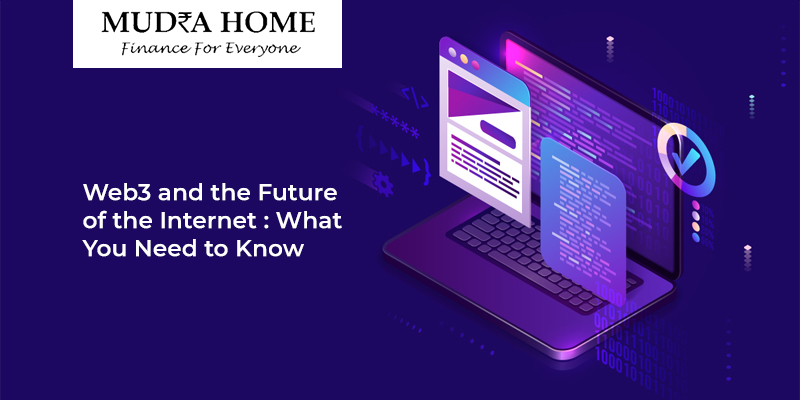The internet is constantly evolving, and the next big wave is on the horizon: Web3. But what exactly is it, and how will it change the way we interact with the online world? Buckle up, because we’re about to dive into the exciting (and sometimes confusing) world of Web3.
What is Web3?
Imagine the internet we know and love but with a twist: decentralized. In Web3, power and control shift away from big tech companies and centralized servers and towards individual users and communities. This is achieved through technologies like blockchain, which creates a secure and transparent digital ledger that everyone can access and verify.
Think of it like this: Web 1.0 was a static web of information pages, Web 2.0 brought us interactive platforms and social media, and Web3 is all about ownership and empowerment. We’ll own our data, control our digital identities, and participate in the creation and governance of online platforms.
Key features of Web3:
- Decentralization: No single entity controls the network, making it more resilient and resistant to censorship.
- Transparency: All transactions and data are recorded on a public blockchain, accessible to everyone.
- Security: Blockchain technology provides robust security for data and transactions.
- User ownership: Users own their data and digital assets, such as NFTs (non-fungible tokens).
- Community-driven: Platforms and applications are often governed by communities of users, fostering collaboration and innovation.
What does Web3 mean for the future?
The possibilities of Web3 are vast, and it could impact almost every aspect of our online lives. Here are a few potential areas of transformation:
- The Internet of Things (IoT): Imagine a decentralized network of connected devices, securely sharing data and interacting autonomously.
- The future of work: Web3 could create new platforms for remote work, freelancing, and the gig economy, empowering individuals to control their careers.
- Social media: Decentralized social media platforms could give users more control over their data and privacy while fostering more authentic connections.
- The creator economy: Web3 could provide new avenues for creators to monetize their work and connect directly with their fans.
- Finance and banking: Decentralized finance (DeFi) could disrupt traditional banking systems, offering faster, cheaper, and more transparent financial services.
Challenges and concerns:
While Web3 holds immense potential, it’s important to acknowledge the challenges and concerns that come with it. Some key issues include:
- Scalability: Blockchain technology can be slow and expensive, which could limit its widespread adoption.
- Security: While blockchain is secure, it’s not foolproof, and there have been instances of hacks and scams.
- Accessibility: Web3 can be complex and intimidating for new users, creating a barrier to entry for some.
- Regulation: The decentralized nature of Web3 raises questions about how it should be regulated, if at all.
The bottom line:
Web3 is still in its early stages, but it has the potential to revolutionize the way we interact with the internet. It’s a complex and evolving field, but staying informed and engaged is crucial for understanding how it might shape our future.
So, what can you do?
- Learn about blockchain and Web3: There are plenty of resources available online and in libraries to help you understand the basics.
- Get involved in the community: There are many online communities and forums dedicated to Web3, where you can connect with others and learn from their experiences.
- Support Web3 projects: There are many exciting Web3 projects out there, and you can support them by investing, participating in their communities, or using their platforms.
The future of the internet is in our hands, and Web3 offers us a chance to create a more open, equitable, and user-centric online world. By staying informed and engaged, you can be part of shaping this exciting new chapter in the history of the internet.
Remember, Web3 is a journey, not a destination. It’s a continuous process of experimentation, innovation, and adaptation. So, buckle up, get curious, and join the ride!
